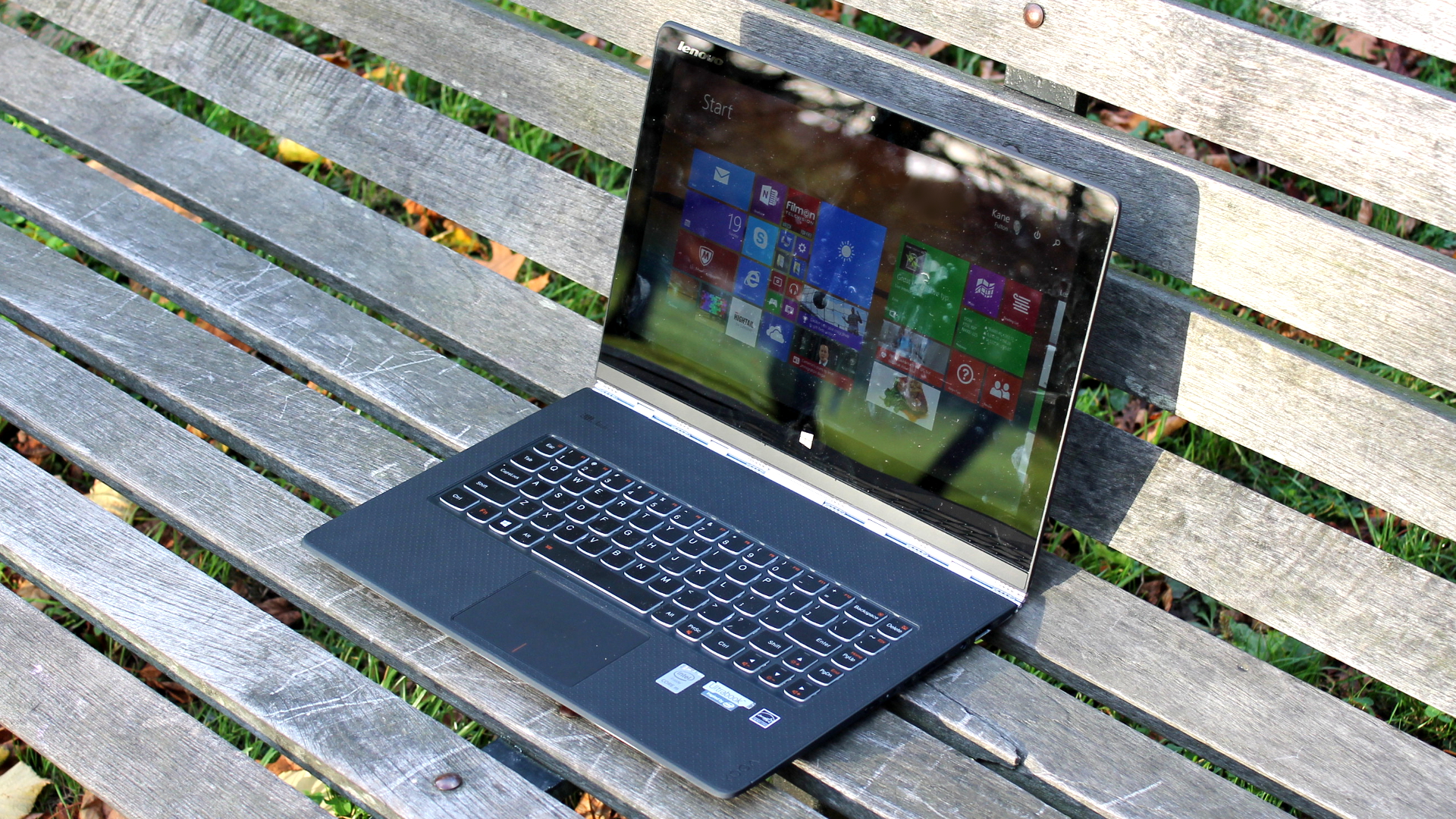Lenovo's predictions for 2015: Tablets, wearables, and data overload
Businesses will integrate tablets into their IT estate

2014 was a big year for technology and Lenovo. We saw continued interest in wearables and the Internet of Things as well as mobility becoming the norm. The world's leading PC maker not only acquired Motorola Mobility, and IBM's x86 server business, but also launched a raft of new Yoga laptops and tablets with a little help from product engineer Ashton Kutcher.
Now 2015 is here, and it's set to be another exciting year, as Lenovo begins to replicate its success in the PC market across other areas. For the technology industry, there have been a number of trends that have caught the attention of consumers and businesses alike, and the question on everyone's lips now is what's next for 2015?
Graham Thomas, Solution Technologist at Lenovo, has highlighted what he believes will be the key technology trends this year. Here are his thoughts…
Getting serious with wearables
Looking at the biggest technology trendsetters and their wearable device offerings, it's clear they are yet to find their feet. With still only a handful of manufacturers producing wearable devices which are 'second screening' features of a smartphone, it's no surprise the wearable market is still in its infancy. Throughout 2015, I expect to see manufacturers upgrading their wearable devices to make a compelling offering based on its own credentials.
As for wearables in the business world, providing devices hit a certain price point, I expect to see some businesses equipping staff with a smartwatch or a basic smart device. This type of wearable technology will be particularly useful for organisations like big supermarket chains, for example, alerting members of staff to get to the checkout or if a delivery has arrived.
However, for wearables to become mainstream they will need to be standalone devices in their own right, and not part of a costly ecosystem. You could say that 2015 will be the year wearables evolve beyond the hype of 2014.
Technology gets personal
A report conducted by Computerworld at the close of last year suggested that 43% of IT executives surveyed expected their IT budgets to increase for 2015. That will mean IT departments will be required to show the benefit of this investment, to help secure another budget increase for the year ahead. The best way to demonstrate this is to ensure your workforce is happy and productive. This can be achieved by offering more personalised solutions – the best example of this can be seen with tablet devices.
Are you a pro? Subscribe to our newsletter
Sign up to the TechRadar Pro newsletter to get all the top news, opinion, features and guidance your business needs to succeed!
Businesses are now seriously looking at how to integrate tablets into their IT estate, as a main device rather than a 'useful gadget'. At the moment tablets are being used at a very basic level, mainly for email, data entry and enquiry. Therefore manufacturers will need to start offering businesses personalised tablets with additional accessories. As an example, many restaurants are using tablet devices to check table availability and take bookings.
However, if the tablet device then incorporated a chip and pin accessory to take payments and was also used by restaurant staff to up sell certain products, the tablet soon becomes an all-encompassing solution.
Hardware vendors will have to offer a wider range of tablets or hybrids that have the full functionality of a PC, rather than the tablet devices where users still need to rely on, or carry around a full-size notebook computer.
More data, more storage
We all know the amount of data we are generating as individuals and businesses is growing at an astronomical rate. As it stands, businesses are not prepared to cope with this amount of data and have to think seriously about their storage and server solutions for today and tomorrow.
The storage industry continues to push interim solutions and services that can make the most of the capacity customers already have, but if we look at how fast data is growing in line with the storage density that is currently available, businesses really will have to respond quickly and scale up far more than they have been of late. Data growth is not going to slow down any time soon so planning ahead and upgrading sooner rather than later will be the focus for 2015.
- Graham Thomas is Solution Technologist at Lenovo